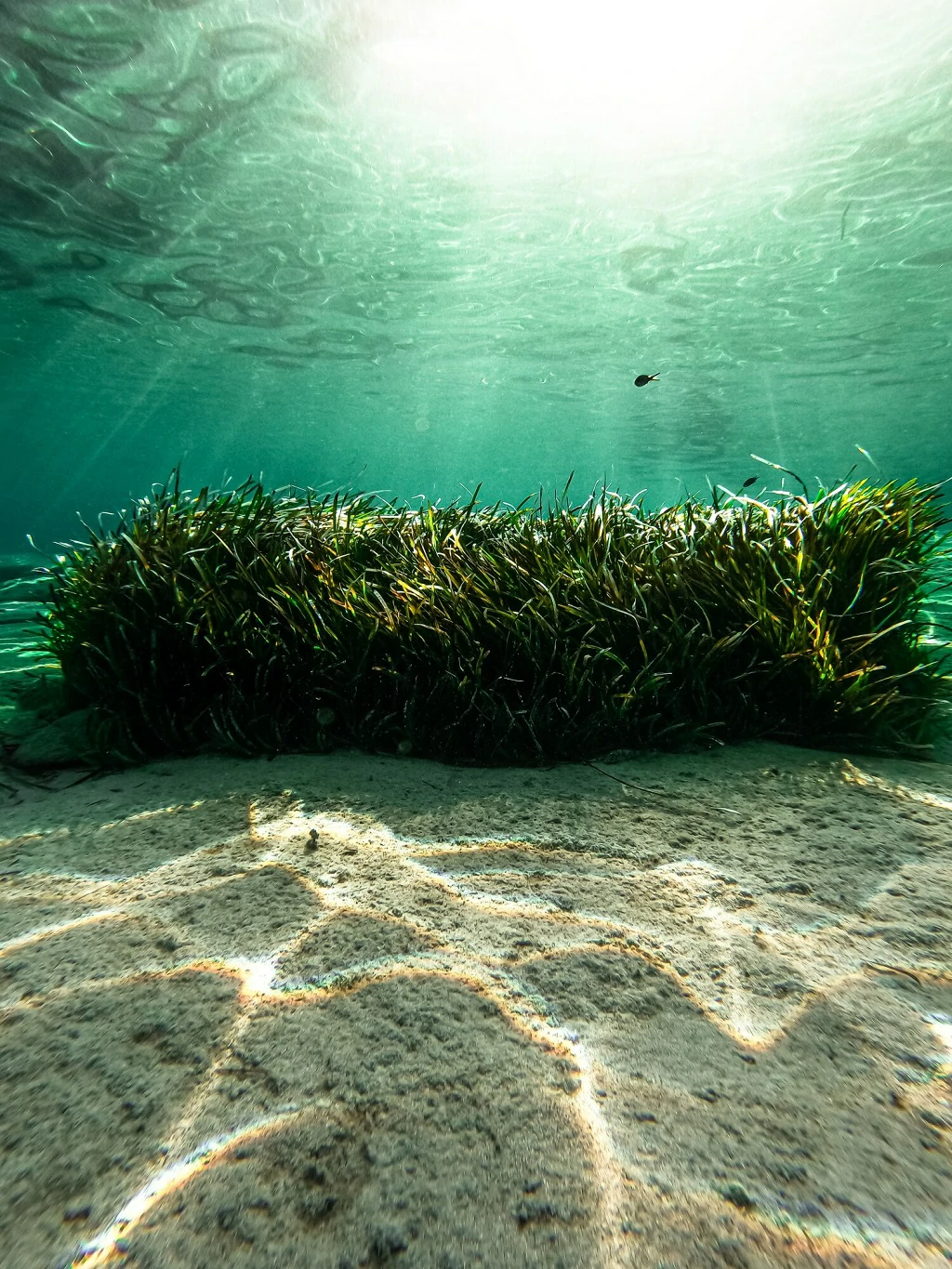Are you aware of the environmental footprint of your favorite seaweed snacks? Seaweed and kelp, while delicious and nutritious, have different impacts on our planet when harvested. Discover the surprising truth behind these underwater forests and why they matter. This crucial information may change the way you view your next sushi roll or seaweed salad.
Stay with us as we dive deep into the world of seaweed vs kelp harvesting.
Coastal Ecosystem Disruption
Foraging marine materials is valuable for various industries. However, they exert distinct environmental impacts on coastal ecosystems.
Seaweed, encompassing diverse marine algae, is harvested through different methods. These include selective hand-picking and more disruptive mechanical harvesting. These practices can lead to habitat disturbance, especially when non-selective methods are employed.
Mechanical harvesting has the potential to damage the seabed. This poses a significant risk to coastal ecosystems. This disruption affects the balance of these delicate environments. It impacts the organisms that depend on them for shelter, food, and reproduction.
Kelp, a significant brown algae in rich coastal waters, has habitat worries like seaweed. Kelp forests are home to many marine species but are at risk from harvesting. If overharvested, these forests may shrink, changing ecosystems and harming dependent organisms.
Marine Biodiversity Impact
The harvesting of seaweed and kelp can impact marine biodiversity. Both play crucial roles in supporting diverse marine life. They serve as food sources, habitats, and breeding grounds for numerous species.
Non-selective harvesting practices or excessive extraction can disrupt these habitats. This can lead to a decline in biodiversity. Species relying on these algae for survival face threats when their essential habitats get depleted.
The loss of biodiversity can have cascading effects on marine ecosystems. It affects the health and resilience of these delicate environments.
Carbon Sequestration Role
Seaweed and kelp can assist in combating climate change. Kelp forests, in particular, play a crucial role in carbon sequestration. These ecosystems take in carbon dioxide from the surroundings.
Carbon dioxide, or CO2, is a main part of the air that surrounds us. But too much CO2 is bad because it makes the earth warmer, inflicting climate trade. Seaweed and kelp help by taking in CO2 from the seawater and using it to grow. This means less CO2 in our surroundings.
But when we harvest an excessive amount of seaweed and kelp, there’s much less of them to assist in capturing this CO2. So, with the aid of shielding the forest from the ocean, we also are defending our planet.
Habitat Preservation Efforts
Habitat upkeep can help defend our critical forests. People are making efforts all around the globe to do this.
One way is by way of creating Marine Protected Areas, or MPAs. These are elements of the sea where it’s unlawful to damage plants or animals, such as seaweed and kelp. MPAs supply a safe space for underwater lifestyles to develop and thrive.
Another way is through sustainable farming. Some farmers are growing seaweed and kelp in special areas. This way, we can enjoy these tasty foods without hurting the sea. But we can all help, too! By choosing sustainably harvested seaweed and kelp, we support better foraging practices and help protect these vital habitats.
Seaweed vs Kelp Harvesting: Take Action for a More Sustainable Ocean
Seaweed vs kelp harvesting has both positive and negative environmental impacts. While it provides many benefits, unsustainable harvesting practices can lead to detrimental effects on marine ecosystems.
It is crucial to find a balance and use sustainable techniques to ensure the longevity of these valuable resources. Let’s take action and work towards responsible harvesting.
Please take a look at our blog for extra instructional articles.




